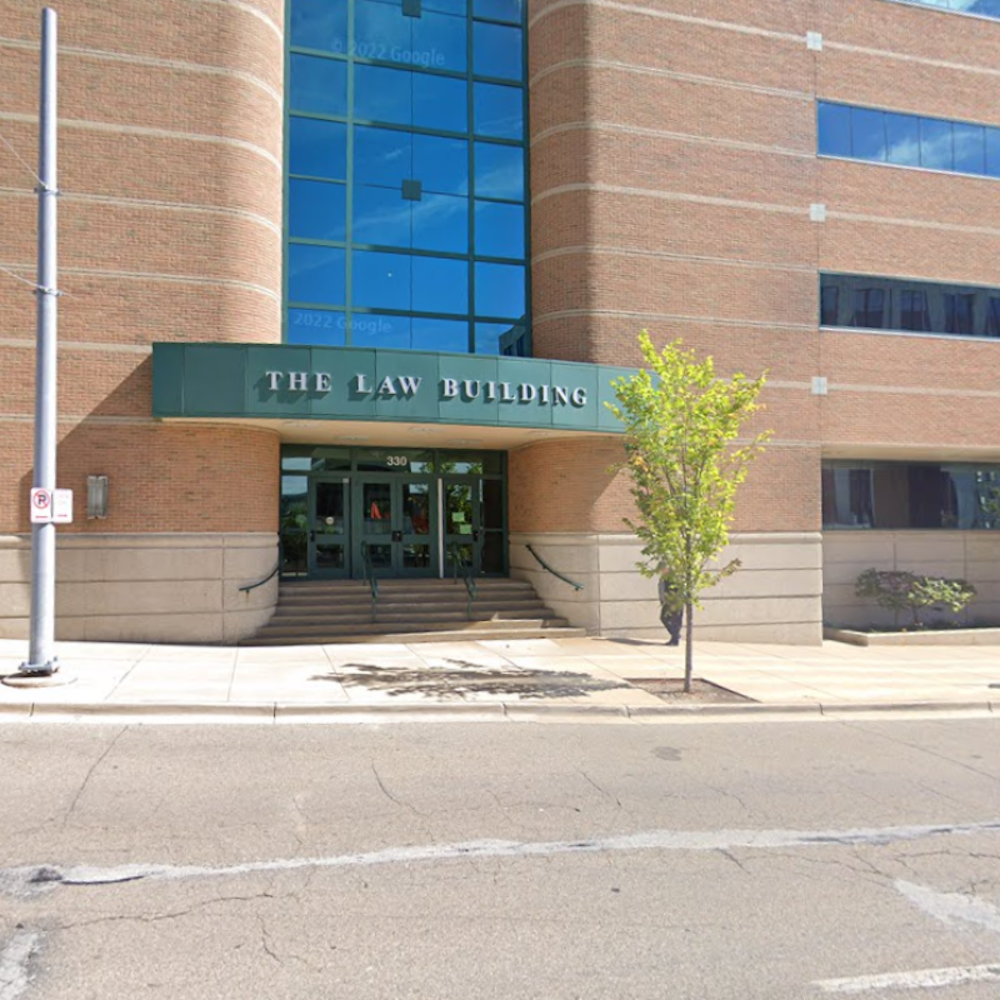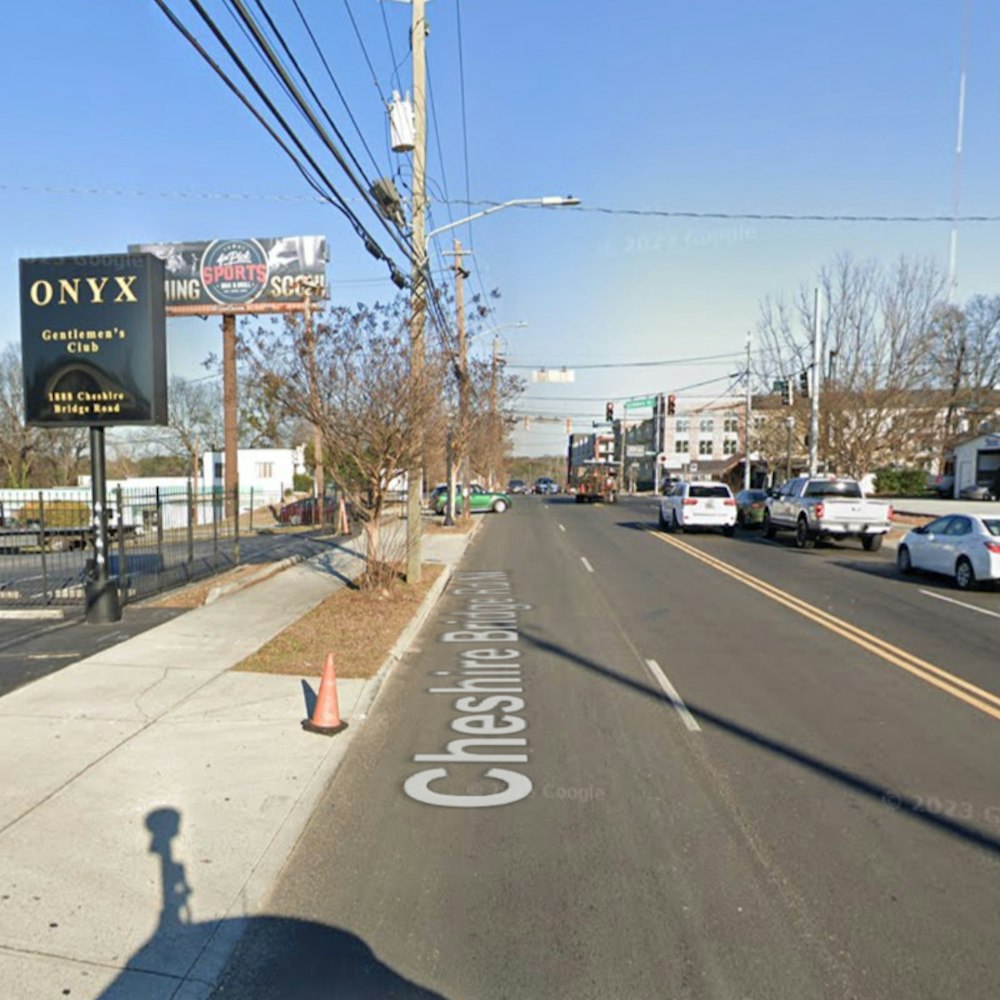
Researchers at MIT and the Mayo Clinic have uncovered striking cellular and molecular commonalities between amyotrophic lateral sclerosis (ALS) and frontotemporal lobar degeneration (FTLD), diseases that were previously thought to affect very different brain regions. A detailed study recently published in the journal Cell indicates that treatment strategies could potentially target both conditions simultaneously.
Investigators examined RNA expression patterns in 620,000 cells, including those in the brain's motor cortex and prefrontal cortex, from the postmortem brain samples of 73 donors. The subjects had either been diagnosed with ALS, FTLD, or, were neurologically unaffected. The similarities discovered in the gene expression of the most endangered neurons were, according to MIT's Manolis Kellis, “It turns out that at the molecular and cellular level, the changes we found were nearly identical in the two disorders, and affected nearly identical subsets of cell types between the two regions.”
Despite ALS primarily causing progressive paralysis and FTLD leading to behavioral and cognitive decline, the most vulnerable neurons in both diseases were found to share significant overlap in the genes they express and in how these genes are affected by disease conditions. “These similarities were quite striking, suggesting that therapeutics for ALS may also apply to FTLD and vice versa,” Myriam Heiman, associate professor of brain and cognitive sciences at MIT, told MIT News,
The study also shed light on common disruptions in cells related to the gene SCN4B, which were not previously connected to these disorders. "It may be that changes to this poorly characterized cell population underlie various clinically relevant disease phenomena," Heiman noted, pointing towards new avenues for understanding, and potentially treating, these devastating conditions. Both inherited and sporadic forms of ALS and FTLD were found to result in similar alterations in gene expression, hinting at overlapping molecular mechanisms regardless of the diseases' origins.
Moreover, the research unveiled issues in the brain's blood vessels, identifying a shared vulnerability in the vasculature across both disorders. Proteins necessary for blood vessel integrity appeared reduced or misplaced in the neurodegenerative process. This discovery, which involved collaborations from scientists such as The Picower Institute's Director Li-Huei Tsai, underscores the interconnection of neurovascular health and neurodegenerative disease progression.
With this new understanding of ALS and FTLD's common molecular landscape, researchers are optimistic about the potential for cross-applicable therapeutic strategies. The findings, supported by institutions including the National Institutes of Health and The Mayo Clinic Center for Individualized Medicine, represent a significant step in addressing these traditionally distinct neurodegenerative diseases with a more unified approach.









